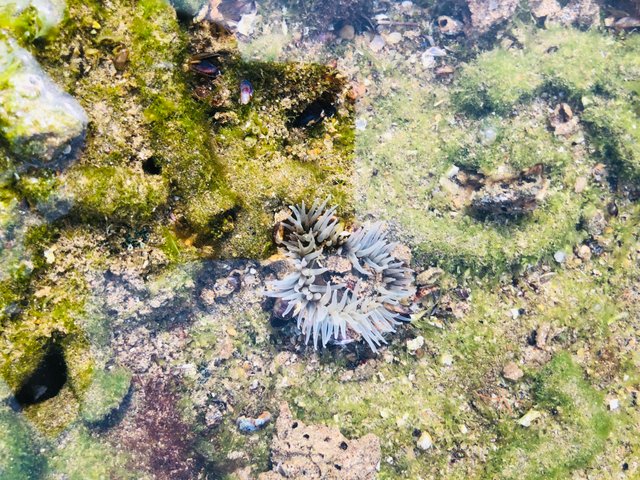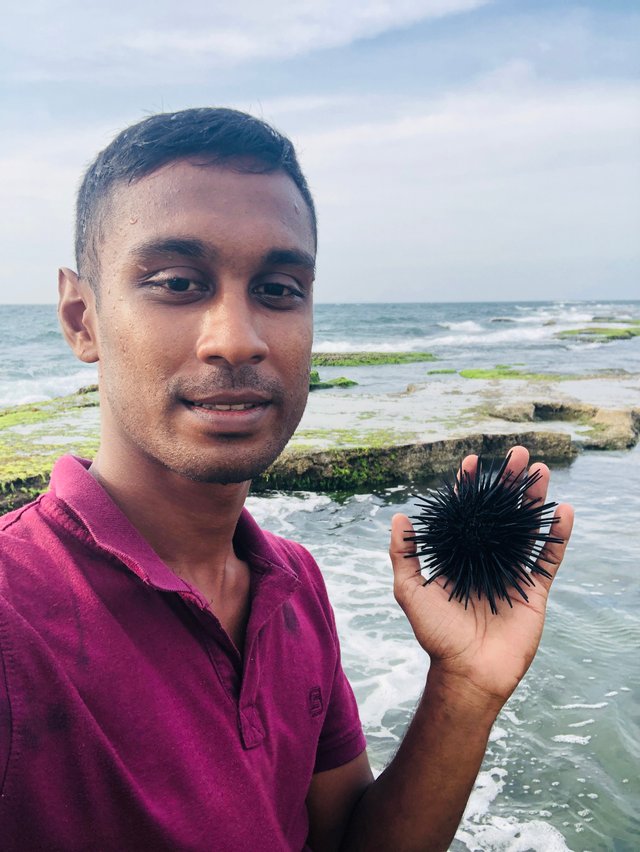
Sea urchins are small, spiny marine invertebrates that belong to the class Echinoidea. They can be found in oceans all over the world, from the intertidal zone to depths of up to 9,000 feet.
Sea urchins have a round, hard shell that is covered in spines. These spines can be used for defense and for movement, as sea urchins can move by using their spines to push themselves along the ocean floor. Inside the shell, sea urchins have a soft body that contains a mouth, stomach, and reproductive organs. They feed mainly on algae and other small organisms, using their mouth, which is located on the underside of their body, to scrape food off the ocean floor.

Some species of sea urchins can also reproduce through a process called “broadcast spawning”, in which they release their eggs and sperm into the water to be fertilized.
Sea urchins have a long history of being harvested for food, particularly in Mediterranean and Japanese cuisine. Roe, or the eggs, of certain species of sea urchins are considered a delicacy. Sea urchins also have a significant ecological role in the oceans, acting as primary consumers that help control the growth of kelp and other seaweed.

In recent years, sea urchin populations have been declining in certain areas due to overfishing and habitat loss. This highlights the importance of conservation efforts to protect these unique and important animals

Sea urchins are not typically harmful to humans, but their spines can cause injury if they come into contact with skin. The spines can be sharp and may break off under the skin, causing pain and inflammation. If a spine breaks off in the skin, it should be removed by a healthcare professional to prevent infection.
Additionally, it is important to be aware of any health risks associated with consuming sea urchins. As with any seafood, it is important to ensure that sea urchins are properly handled and cooked to prevent food poisoning.
Some species of sea urchins may also produce toxic compounds, but these cases are rare and not commonly found in sea urchins that are consumed by humans.
So overall, sea urchins are generally safe for humans, but it's important to handle them carefully to avoid injury and to ensure that they are properly prepared before eating.
Location- Morawala (මෝර වල) Negombo

Thank you, friend!


I'm @steem.history, who is steem witness.
Thank you for witnessvoting for me.
please click it!
(Go to https://steemit.com/~witnesses and type fbslo at the bottom of the page)
The weight is reduced because of the lack of Voting Power. If you vote for me as a witness, you can get my little vote.
Downvoting a post can decrease pending rewards and make it less visible. Common reasons:
Submit
@tipu curate
;) Holisss...
--
This is a manual curation from the @tipU Curation Project.
Downvoting a post can decrease pending rewards and make it less visible. Common reasons:
Submit
Upvoted 👌 (Mana: 0/7) Get profit votes with @tipU :)
Downvoting a post can decrease pending rewards and make it less visible. Common reasons:
Submit
මාත් තංගල්ලේ පැත්තේ අපේ යාලුවෙක්ගේ ගෙදර ගිහිපු වෙලේ දැක්ක උන්. කටු හුඟක් දිග උන් හිටිය😶🌫
Downvoting a post can decrease pending rewards and make it less visible. Common reasons:
Submit
ඇනුනහම විසයි අයින් කරන්න ඕනේ සමහර ඉකිරියෝ අලන්න බෑ
Downvoting a post can decrease pending rewards and make it less visible. Common reasons:
Submit
Is it a dead one? Can we touch them easily?
Downvoting a post can decrease pending rewards and make it less visible. Common reasons:
Submit
nop it is live One hard to detached from stones it holding stone strongly and not harmfull but unfortunately If you step on it Thorns sting your leg.
This is baby urchin
Downvoting a post can decrease pending rewards and make it less visible. Common reasons:
Submit